The Rhythm of Lovemarks
Stepping on toes, elbows to the head, awkward looks, and just an overwhelming feeling of being lost. An unearthly flow, a synchronized momentary chaos, an unexpected sway of the hips that leads to an embrace, and a blissful feeling of connection. You experience one or the other but you cannot experience both; either you look out at the dance floor and feel terror or you see an opportunity to improvise and connect.
Identity and emotions have long been expressed through movement; celebrations punctuated by an expressive and often elaborate dance. In most cultures we find a traditional dance that is a representation of a part of life: seasons, astronomical phenomena, theological belief, or at the least highlighting desirable attributes in a partner. As varied as they are: the russian barynya, the french ballroom dance, the Maasai Adumu, and the dominican bachata to name a few; they all have one primal commonality: rhythm.
As we walk through life, we can experience the pulse of life at different paces: when we live in the city we feel a quicker beat than when we visit a small beach town while on vacation. I am sure that we have all experienced moving to a big city and feeling the whitewater pace: the power walk through the streets, being in a rush just to wait, and a general tension of knowing that being there at 2:05 instead of 2:00 will incite disapproving looks. Likewise, many of us have felt an intoxicating bliss while visiting a destination that’s off the map where “ahorita” never comes and life follows the ebb and flow of the tides. Lunch? Yeah, it’s exactly at hungry ‘o clock.
Businesses, for the most part, seek growth; they invest in innovation and in their value chains in order to gain a competitive advantage to capture new markets, increase customer lifetime value or widen their profit margins. As they go through the design thinking process: empathize, define, ideate, prototype and test; they often seal themselves in a vacuum when it comes to communications. A good product meets or exceeds the needs or expectations of an under-served or over-served segment or niche (that’s a mouthful); but if we are incapable of communicating with our consumers, no budget or amount of innovation will get our product or service in the hands of our consumers.
A key part to any and all marketing strategies is finding the rhythm: the unspoken rules and norms that govern the dance floor. Just imagine walking on the dance floor and standing stiff as a board in front of someone and asking them to stop so that you can ask them to dance with you; or imagine spinning endlessly in front of someone that is calmly sitting up against the bar telling them to jump in and join you. It might work, but I wouldn’t put my money on it. Effective marketing happens when we match our consumer’s rhythm of life; knowing when, how and why they use our products or services.
When our branding is on spot, our core offer delivers value to a narrow audience that share a set of values, a vision, a common path and a rhythm. The challenge is having the ability to feel the rhythm and to flow with our consumers: knowing when to speak, when to be silent and listen.
As we pace across the dance floor with our consumers we catch onto the subtle signs: a deeper slower breath, a stronger embrace, a change in the position of a hand; all indicating a need for feedback and perhaps a change of pace.

